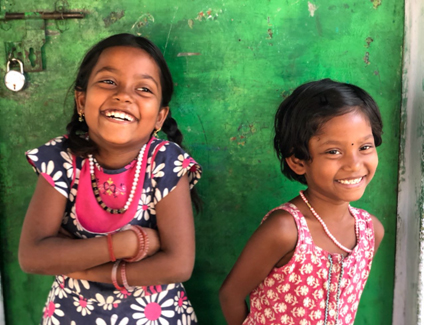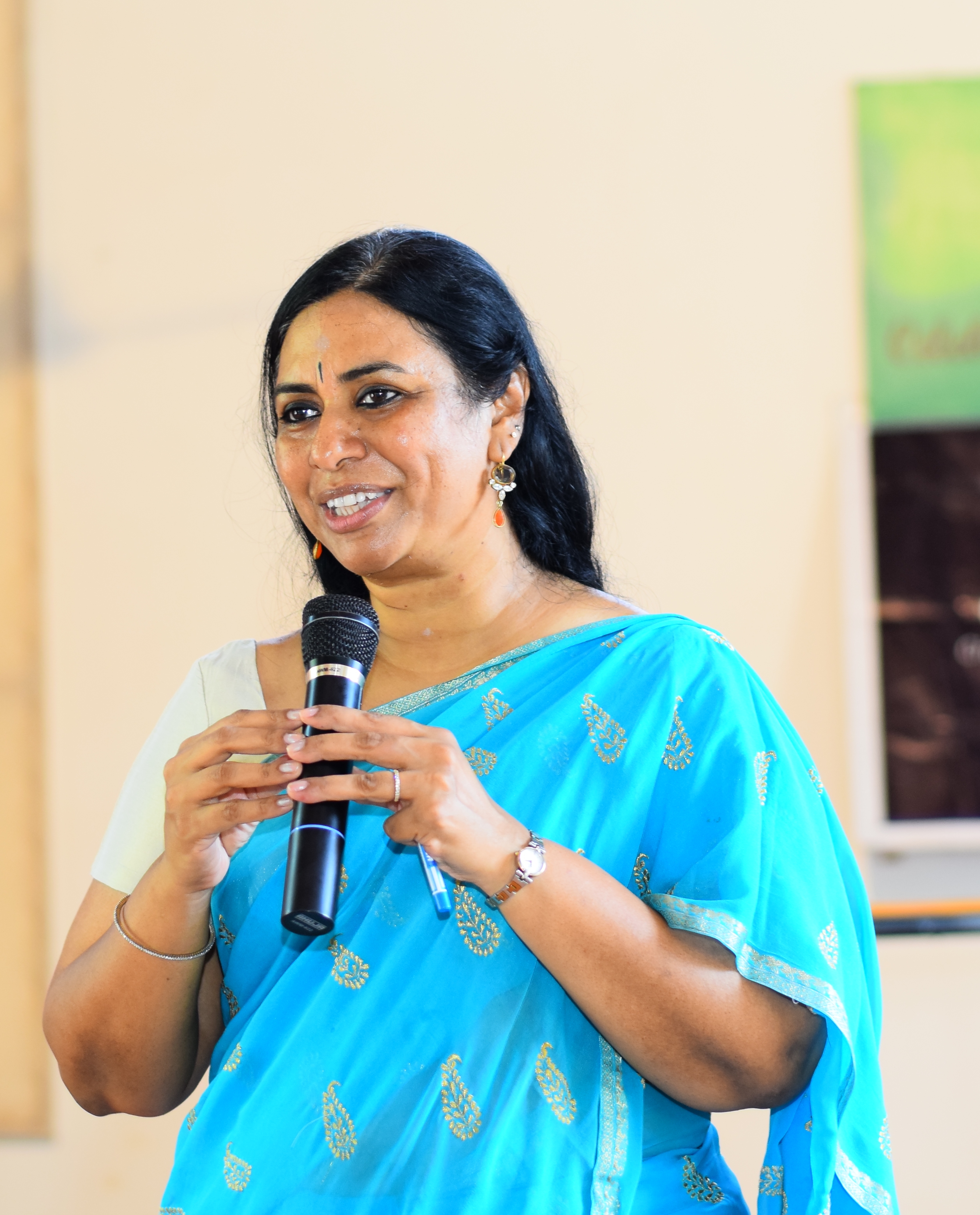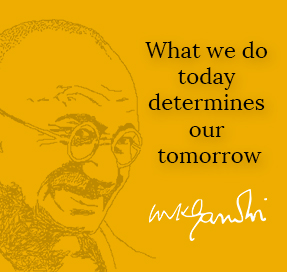
- Home
- Our Vision
- Leadership Team
- ICPH Services
- Public Health Desk
- COVID-19 Response
- Nurturing the Spiritual Development of Children
- Toolkit poster
- A concise summary of the workshop
- Overview of Educator’s Training
- Presentations from the India Team
- Classroom Implementation – Observation Analysis at Bala Shanti Kendra’s
- Overview of Bala Shanti Children’s Parent Sessions
- Glimpses from the Educator’s Dairy
- Reflection of the Focal Lead in India
- India Photo Gallery



 Unicef reports, ‘Most children today have lived most or all of their lives in the 21st century, their progress and access to resources, influenced significantly by the global compacts the world has forged and through which we have sought a better world for children’ . While the impact of our work for children are represented on-ground and in the child development indicators we present, what seems wanting in these global and local efforts are our direct interactions with children themselves in matters concerning them.
Unicef reports, ‘Most children today have lived most or all of their lives in the 21st century, their progress and access to resources, influenced significantly by the global compacts the world has forged and through which we have sought a better world for children’ . While the impact of our work for children are represented on-ground and in the child development indicators we present, what seems wanting in these global and local efforts are our direct interactions with children themselves in matters concerning them.






